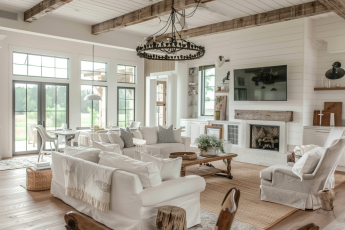The history of the U. S. Capitol began in 1793. The structure was burned, rebuilt, and expanded. Moment, the Capitol is a monument to the imagination, determination, and hard work of the American people. As the center of the legislative branch, the Capitol Building is the main centerpiece of the Capitol lot. It includes the six main Congressional office structures, the Library of Congress, and the Capitol Museum of American Art and History, which serves as the focal point of the council and is centrally located on Capitol Hill and National Alley.

Five situations of access
The Capitol structure is divided into five situations. The first bottom is devoted primarily to commission apartments and seating for congressional staffers. Callers, on this position, can pierce the Hall of Columns, the Bromide Corridors, the Old Supreme Court Chamber and the vault under the Rotunda, where literal shows are kept. It’s worth saying a many words about the corridors. They’re named after Constantino Brumidi ( 1805- 1880), who designed the amazing oils. Brumidi was an Italian artist of Greek origin. For three times he worked at the Vatican under Pope Gregory XVI and was invited in well- known nobles to embellish their palaces and estates. In 1852 the artist emigrated to the United States. In 1855, he decorated the Capitol with frescoes. For a quarter of a century he painted, created a frieze of American history, the perfection of Washington in the Rotunda, and numerous other workshop. The alternate bottom contains the House of Representatives of Congress and the Senate, as well as the services of congressional leaders. On this bottom are the three main public areas. In the center under the pate is the Rotunda, an indirect space that serves as a gallery of oils and form depicting significant people and events from the nation’s history. The third bottom allows access to sundecks from which callers to the Capitol can watch the proceedings of the House and Senate. The fourth bottom and basement position of the American Capitol are enthralled by services, outfit apartments, and other fresh installations.
Hall of Columns

The hall gets its name from the 28 columns that line the hallway. Since 1976, the hall has housed part of the National Sculpture Hall Collection. These citation and marble busts were bestowed to the Capitol by individual countries in memory of notorious citizens. The Capitol Rotunda The large, domed, indirect room is located in the center of the Capitol on the alternate bottom and is used for important conventional events. For illustration, similar as the farewell form for prominent citizens of the country.
Conference Room
The Conference Room is the large room of the House of Representatives, in the center of the south sect of the Capitol. Members of the House of Representatives are seated in chairpersons arranged in an element on tiered platforms that face the Speaker’s tribune.
Capitol Crypt.

The large indirect platform on the first bottom of the Capitol Building is called the Crypt. Forty Doric columns of brown gravestone outgunned with sandstone cross bends support the bottom of the Rotunda. This central section of the structure was completed in 1827 under the direction of Charles Bulfinch ( 1763- 1844), who was the third mastermind of the Capitol. The star in the center of the bottom marks the point from which the thoroughfares in Washington diverge and are numbered. In addition to the Crypt, Rotunda, Assembly Hall, and Hall of Columns, the Capitol is open to the public the Old Senate Chamber and the Senate Chamber Symbol of American Government In the U.S. Capitol, members of the House of Representatives and the Senate unite to bandy public policy. The Capitol serves as home, work office, and sightseer magnet, outgunned by a magnetic white pate that has come an extensively honored symbol of the people of America and itsnation. History of the Capitol in the United States






